Showing 1–12 of 33 results
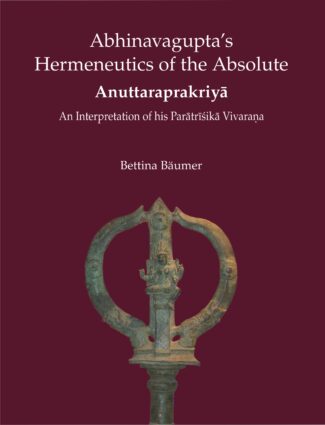
The Paratrishika Vivarana, an extensive commentary by Abhinavagupta on the Tantra, is one of the most profound texts of Kashmir Shaivism, and of Indian philosophy and mysticism. The present work is an important contribution to studies and interpretations of texts on Kashmir Shaivism, its spirituality and philosophy.
The Paratrishika Vivarana by the great Kashmiri philosopher and mystic Abhinavagupta is an extensive commentary on the Paratrishika Tantra, and it is one of the most profound texts, not only of non-dualist Kashmir Shaivism, but of Indian philosophy and mysticism in general. The present work attempts to make this difficult text accessible, by culling out the important themes and offering an interpretation. The main focus is on the understanding of the Absolute (Anuttara) and the ways to realize it. The central theme of mantra also leads to a mysticism of language with its philosophical implications. All these reflections and practices are inscribed in the theory that everything is related to the totality, every part contains the whole of reality (sarvam sarvatmakam). It is this holistic vision of Abhinavagupta, based on the Tantras, which makes this work so relevant in our times of fragmented aspects of life and knowledge in search of integration. No doubt, in the view of the Tantra and of Abhinavagupta, language and mantra provide the key.
This fascinating book is an important contribution to studies and interpretations on Kashmir Shaivism, its spirituality and philosophy, and on Abhinavagupta in particular.
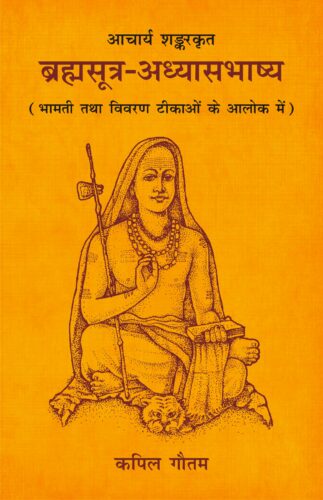
The book presents a comprehensive study of Adhyasabhashya in the light of Panchapadika of Padmapada, Bhamati of Vachaspati Mishra, Vivarana of Prakashatma Yati, Ratnaprabha of Govindananda Yati and other Vedantic texts. The commentaries of Brahma-Sutra and Shariraka-Bhashya and definition, causes, types, and results of adhyasa have been analysed in detail.
Adyasavada is the key principle of Advaita Vedanta. Basic premise of this theory is Adhyasabhashya. Before interpreting the first brahmasutra (athat¯o brahmajijnasa (Br.Su. 1.1.1), Acharya Shankara submitted a valuable commentary known as Adhyasabhashya. The book presents a comprehensive study of Adhyasabhashya in the light of Panchapadika of Padmapada, Bhamati of Vacaspati Mishra, Vivarana of Prakashatma Yati, Ratnaprabha of Govindananda Yati and other Vedantic texts. The numerous curiosities associated with Adhyasabhashya have been resolved in the present book: What is the format of Adhyasabhashya? Without commentary on any sutra can Adhyasabhashya be considered as a commentary? Adhyasabhashya begins with sentence yushmadasmatpratyayagocara so Adhyasabhashya consists mangalacharana or not? What is the purpose of Adhyasabhashya?
Adhyasa principle is the cornerstone of Shankaravedanta. This is the theory of error of Shankaravedanta. In the context of theory of error Shankara proposed the theory of Anirvacaniyakhyativada and refuted all prior theories of error. In this book the commentaries of Brahma-Sutra and Shariraka-Bhashya and definition, causes, types, and results of adhyasa have been analysed in detail.
Although it is difficult to write something about complex and difficult theory of Adyasavada, an endeavour is being made to bring out the theory of Adyasavada for scholars through this book.

Presenting the original text of the Aditya Hrdayam, a canto chapter dedicated to the Sun God in Adikavi Valmikis Srimadramayanam, along with its Roman transliteration and English translation, the book offers a commentary by Swami Tattvavidananda Saraswati unraveling the power and mystique of the Sun as explained in the Aditya Hrdayam.
The ancient Indian tradition and literature accords a supreme place to the Sun in the order of divinities, revering and worshipping it as the life-force of the Universe and the highest Reality. The commentary by Swami Tattvavidananda Saraswati in this volume comes as an attempt to unravel the power and mystique of the Sun as explained in the Aditya Hrdayam, a small canto chapter offering obeisance to the Sun God in the immortal epic, Srimadramayanam of Adikavi Valmiki. The book presents the original Sanskrit mantras of the Aditya Hrdayam along with their Roman transliteration and lucid English translation. The verses are accompanied by detailed annotations that describe every term, concept and idea with great clarity. The commentary, easy to follow and fluent in flow, explores the secret of the eternal stotra, Aditya Hrdayam conveyed by Sage Agastya to Lord Rama using which the latter emerged victorious over Ravana. Aditya Hrdayam is hailed as one of the greatest tributes to the Sun by our ancient sages that provides insights into the importance of the Sun as the creator and sustainer of the Universe, the ultimate source of all wealth. The commentary involves copious references to Taittiriya Samhita, Taittiriya Aranyaka, Taittiriya Upanisad, Chandogya Upanisad, Srimadbhagavadgita, etc. , which make it all the more comprehensive and scholarly.
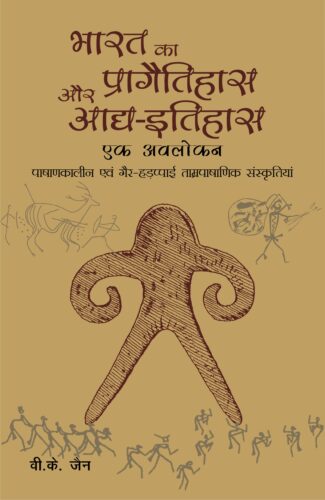
Pursuing the path of yoga accomplishment, the practiser attains a few distinct supernatural powers. This book makes an attempt, through examples and extractions, to prove that these powers are not mere imginations but can be absorbed in the present materialistic world too.
Fresh excavations, new dating techniques and ever-growing conceptual frameworks since 1950 have greatly reshaped our perspective on Prehistory and Protohistory of the Indian subcontinent. This monograph, which is primarily aimed to serve as a starter for the undergraduate and postgraduate students, presents, in a concise but comprehensive manner, a syncretic view of the latest information on various aspects such as tools and technologies, settlement and subsistence patterns, ecological background and distributional configuration in respect of the Stone Age and the Chalcolithic Cultures outside the Harappan Zone. The Megalithic Cultures of peninsular India and the Deccan too find a place in the book. A glossary of the terms used frequently in archaeology as well as maps, line-drawings and explanatory notes on individual sites add further value to the text.
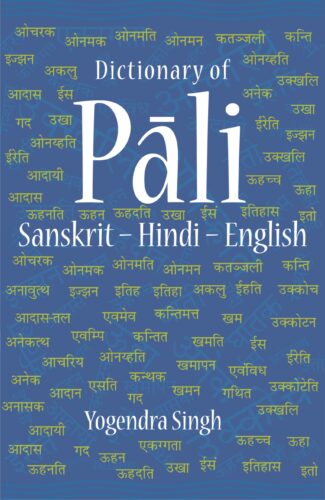
This dictionary provides meaning of Pali words in Sanskrit, Hindi and English. It will certainly prove useful to the learners of Pali language, students, scholars and researchers of Buddhist Studies, Pali Canons, and to those whose work is based on Pali.
As the teachings of the Buddha and the main Buddhist literature in original, as well as in translation, are contained mainly in Pali and Sanskrit languages, apart from Tibetan and Chinese as well, knowledge of Pali and Sanskrit is always essential to study the core of Buddhism — its basic teachings — and understand its basic concepts and perceptions. This voluminous edition has been offered in order to aid in the knowledge of the Pali and Sanskrit languages. Simple to comprehend and laying stress on clarity of meaning, the dictionary presents the Pali word at the beginning of each entry and gives its synonym in Sanskrit within bracket. It then proceeds to furnish the meaning of the word in both Hindi and English. The attempt is to make the dictionary useful to learners of the language and as a guide to those who are researching Buddhist works.
The book is meant to be a study companion to students and scholars of Buddhist Studies. It will be an indispensable aid to the readers and researchers of Pali Canons and works based on Pali and Sanskrit languages.
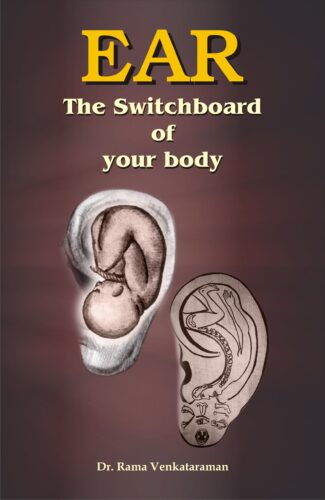
This attempts to examine how the corresponding ear-points can help in improving the body’s working. It also provides detailed explanations with tables and diagrams of various disorders that can be cured by using the acupuncture methods.
Among the many reflexology parts a human body has, ear is most unique and significant.
Ear is rich in nerve endings and placed at outer rim of the skull, vibrating with energy. In the ear body’s representation corresponds to a child in mother’s womb, curled in an upside down manner. Because of this the ear cure mechanism is also effective in curing problems originated in the womb.
Ear acts like the body’s radar reflecting its working precisely. When these reflex points are activated the sensitive ear nerves carry the return cure reflexes as electromagnetic waves to the organs and body parts, the body responds quickly and diseases are cured.
This is a wonderful effective nature cure through its remote control operation.
This book will serve as a guide to variety of readers especially those interested in traditional medicine and healing systems.
Nature’s gift to mankind.
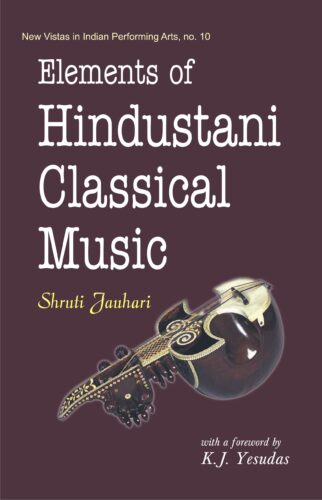
The book describes the history and evolution of Hindustani classical music, and terms and processes related with its performance. The musical instruments used in vocal singing, rags frequently presented in classical musical concerts, and famous gharana musicians have also been discussed. Very useful for the beginners of Hindustani Music.
Hindustani classical music, a jewel in the crown of the Indian musical tradition, has become increasingly popular in South India and abroad over the last few decades. This book attempts to present a detailed and comprehensive discussion of the fundamental concepts and aspects of Hindustani classical music. It begins with an account of the history and evolution of Hindustani classical music by taking up developments in a chronological order. It explains a number of terms and processes involved in the performance of Hindustani classical vocal music. In an interesting discussion, it mentions the various famous gharanas of the genre and deals with the life-histories of some of their eminent musicologists and singers. The musical instruments which are used in accompaniment to the vocal singing in Hindustani music are described. It also details the rags which are frequently presented in contemporary musical concerts, highlighting the important features of each.
The book will be useful to all those who wish to learn and acquire knowledge of Hindustani classical music. It will be of interest to all practitioners of Hindustani classical music.
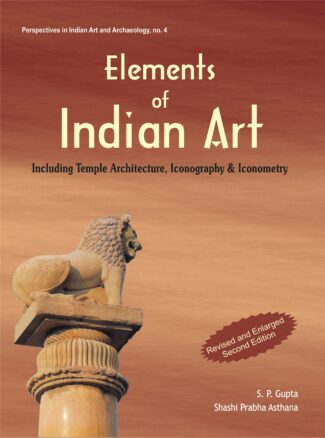
The work studies basic principles of ancient Indian art and architecture. It deals with Hindu thinking and practice of art including the Hindu view of Godhead, iconography and iconometry and symbols and symbolism in Hindu art. It surveys Indian art and temple architecture from the ancient times and makes comparative studies of religious art in India.
The book is a study of the fundamental principles of ancient Indian art and architecture, dealing with essentials of Hindu thinking and practice of art like the Hindu view of Godhead, iconography and iconometry, and symbols and symbolism in Hindu art. Referring to major classical Indian literary works shedding light on art and architecture, it undertakes a survey of Indian art and temple architecture from the 3rd century bc through the medieval period, highlighting the directional changes that marked the history of art, specifically sculpture and painting. It elaborately views the various terms and concepts associated with the field of art and iconography like mudras, asanas, pithas, explaining the nature of Buddhist and Jain deities as well as those of Hindu sects like Saivism, Vaisnavism and Saktism. Pointing out the importance of studying Hindu temple architecture in order to fully appreciate Hindu art which was meant for propagation of dharma, it analyses the basic features of the temple architecture and its regional variants. Tracing the differences in conception and delineation of a Hindu temple, a Muslim mosque and a Christian church, the research focuses particularly on the principles of visualisation of symbols and signs in Hinduism and Christianity. It also reveals how the West has viewed Indian literature and art, exposing the inner contradictions of some European thinkers who while praising literary works of Kalidasa and others condemned the Hindu images. The work contains more than 200 illustrations, half-tone and line drawings, that make the discussion easy to comprehend for a range of readers — scholars, students as well as laymen
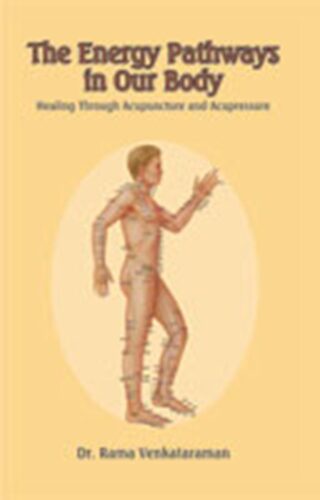
The book speaks about the usefulness and advantages of acupuncture and acupressure therapies. It also attempts to understand the concept of kundalini energy and its association with acupressure.
The Energy Pathways in our Body
Acupuncture and acupressure are drugless therapies that are safe, simple, economical and yet very effective for treatment and prevention of a range of common diseases and ailments. The volume is an attempt to understand acupuncture: its effects and the theory of yin and yang that forms the basis of acupuncture. It examines the causes of diseases and functioning of organs of the body. It discusses the nature of the acupuncture points present in the 14 channels and the way the activation of these points helps in treatment of various disorders in the body. With numerous drawings depicting the various body parts and acupuncture points, it deals with the specific acupuncture points for treating specific tissues. It also notes the symptoms of diseases of different organs.
The book details the advantages of the ancient therapy of acupuncture, especially as it doesn’t have side-effects and can be followed along with other modes of treatment like homoeopathy. There is also an attempt to understand the concept of kundalini energy and its association with acupressure. A list of important instructions for the acupuncture practitioners explains the correct procedures of applying pressure at points. A chapter on case histories mentions successful treatment given to patients with a range of ailments.
The book will be useful to scholars and students of medical science in general but particularly those interested in alternative medicines and medical therapies.
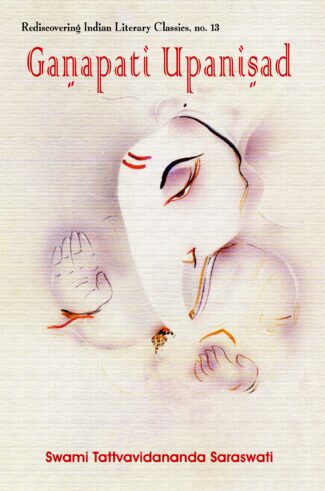
The book presents the text of the Ganapati Upanisad dealing with the worship of äsvara and revealing the nature of the ultimate Reality along with its transliteration in Roman script, followed by a detailed commentary a critical analysis on its meaning.
The Upanishads represent a glorious religious-philosophical thinking that is at the core of the Indian tradition. An important Upanishad is the Ganapati Upanishad, found in the concluding part of the Atharvaveda, which deals with the worship of ä÷vara and reveals the nature of the ultimate Reality in which everything resolves. The book presents the text of the Ganapati Upanishad along with its transliteration in Roman script which is followed by a detailed commentary on its meaning that takes up each line for critical analysis. Beginning with a general discussion on the Upanishads, their association with specific Vedas and their main purpose, Swami Tattvavidananda examines the nature of the Cosmic Power and the universe, propitiation of God, the purpose of living, concepts of ananta, ananda and others as explained in the Ganapati Upanishad. He explains the derivative roots of many words so that the concepts may be better understood by the readers. The commentary, in a language that demystifies esoteric concepts, includes many cross-references. The book will be extremely useful to scholars of Vedantic thought and Indian religious and philosophical traditions as well as general readers.
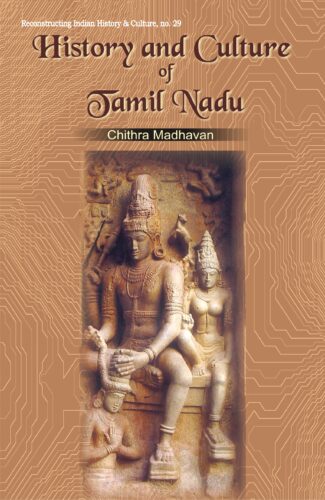
A comprehensive work on chaste Sanskrit inscriptions of ancient Tamil Nadu, under Pallavas, Pandavas, Coëas and their vassals; focussing on the then prevalent socio-economic, literary, religio-cultural and administrative paradigms. A valuable contribution to the field of epigraphy and history of Tamil Nadu.
Inscriptions are the most authentic and vital source for reconstructing the history of India. Epigraphs were composed in Sanskrit in various parts of India and the ancient Tamil country was no exception to this practice. Among the thousands of epigraphs found all over Tamil Nadu, a large number are composed in chaste Sanskrit and these as well as the Sanskrit portions of the bi-lingual copper-plate records serve as an important source of data about the conditions which existed in the ancient Tamil country. These Sanskrit inscriptions are also excellent pieces of prose and poetry and reveal the high standard which this language had attained in the ancient past in the Tamil country. This is a comprehensive and interesting work dealing with the Sanskrit inscriptions of ancient Tamil Nadu belonging to the period of the Pallavas, Pandyas and Colas and their vassals. It focuses attention on aspects of civil and military administration, social and economic life, education, literature and also the religious and cultural conditions of those ages. These inscriptions serve to highlight the cultural richness which Tamil Nadu enjoyed specially under the Pallavas, Pandyas and Colas. This book is a valuable contribution to the field of epigraphy and to the history of Tamil Nadu.
Can Indian civilization be compared to a “thousand-branched tree”? What have been its outstanding achievements and its impact on the world?
These are some of the questions this book asks. But it also deals with issues confronting more and more Indians caught in an identity crisis: What does it mean to be Indian? What is specific to the worldview developed by Indian culture? How has it dialogued with other cultures? Is it built on durable foundations, or is it little more than colourful religiosity and quaint but outdated customs? And what are the meaning and application of secularism and tolerance in the Indian context?
The French-born author, who has been living in India for 33 years, argues that Indian culture is not some exotic relic of the past, but a dynamic force that still has a role to play in defining India’s identity and cohesion, and in proposing solutions to today’s global challenges.
Written in a crisp and engaging style, this thought-provoking volume challenges received ideas on India’s culture and invites us to think afresh.
| There are no products |